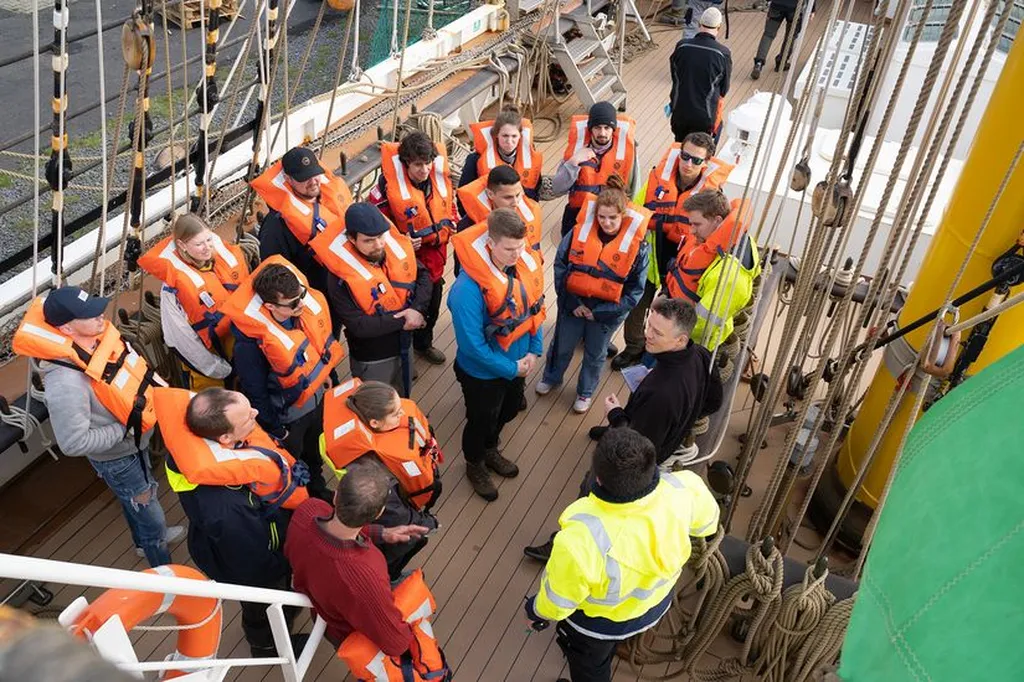Zirui Li, Stephan Husung, and Haoze Wang, researchers at the University of Bremen, have developed a novel approach to enhance collaboration in Model-Based Systems Engineering (MBSE) using SysML v2 and Large Language Models (LLMs). Their work addresses a critical challenge in cross-organizational collaboration: achieving semantic alignment across independently developed system models.
The researchers propose a structured, prompt-driven method for LLM-assisted semantic alignment of SysML v2 models. This approach leverages the enhanced structural modularity and formal semantics introduced in SysML v2, providing a stronger foundation for interoperable modeling. The core of their contribution lies in the iterative development of an alignment approach and interaction prompts, which incorporate model extraction, semantic matching, and verification.
SysML v2 constructs such as alias, import, and metadata extensions play a crucial role in this method. They support traceable, soft alignment integration, ensuring that the models remain consistent and coherent across different organizations. The researchers demonstrate their approach using a GPT-based LLM and a measurement system example, showcasing its practical applicability.
The benefits of this method are significant. It facilitates better collaboration and integration of system models, reducing the risks of miscommunication and inconsistency. However, the researchers also discuss the limitations, providing a balanced view of the approach’s strengths and weaknesses.
This research has profound implications for the maritime industry, where complex systems engineering is paramount. Shipbuilding, offshore structures, and marine propulsion systems all require precise and collaborative modeling. By adopting this LLM-assisted semantic alignment approach, maritime engineers can enhance the interoperability of their models, leading to more efficient and accurate system designs.
Furthermore, the use of LLMs can automate and streamline the alignment process, reducing the time and effort required for manual integration. This can accelerate project timelines and improve overall productivity. The maritime sector, with its intricate and interdependent systems, stands to gain significantly from such advancements in MBSE.
In conclusion, the work of Li, Husung, and Wang represents a significant step forward in the field of collaborative model-based systems engineering. Their approach not only addresses current challenges but also opens up new possibilities for innovation and efficiency in the maritime industry. Read the original research paper here.

